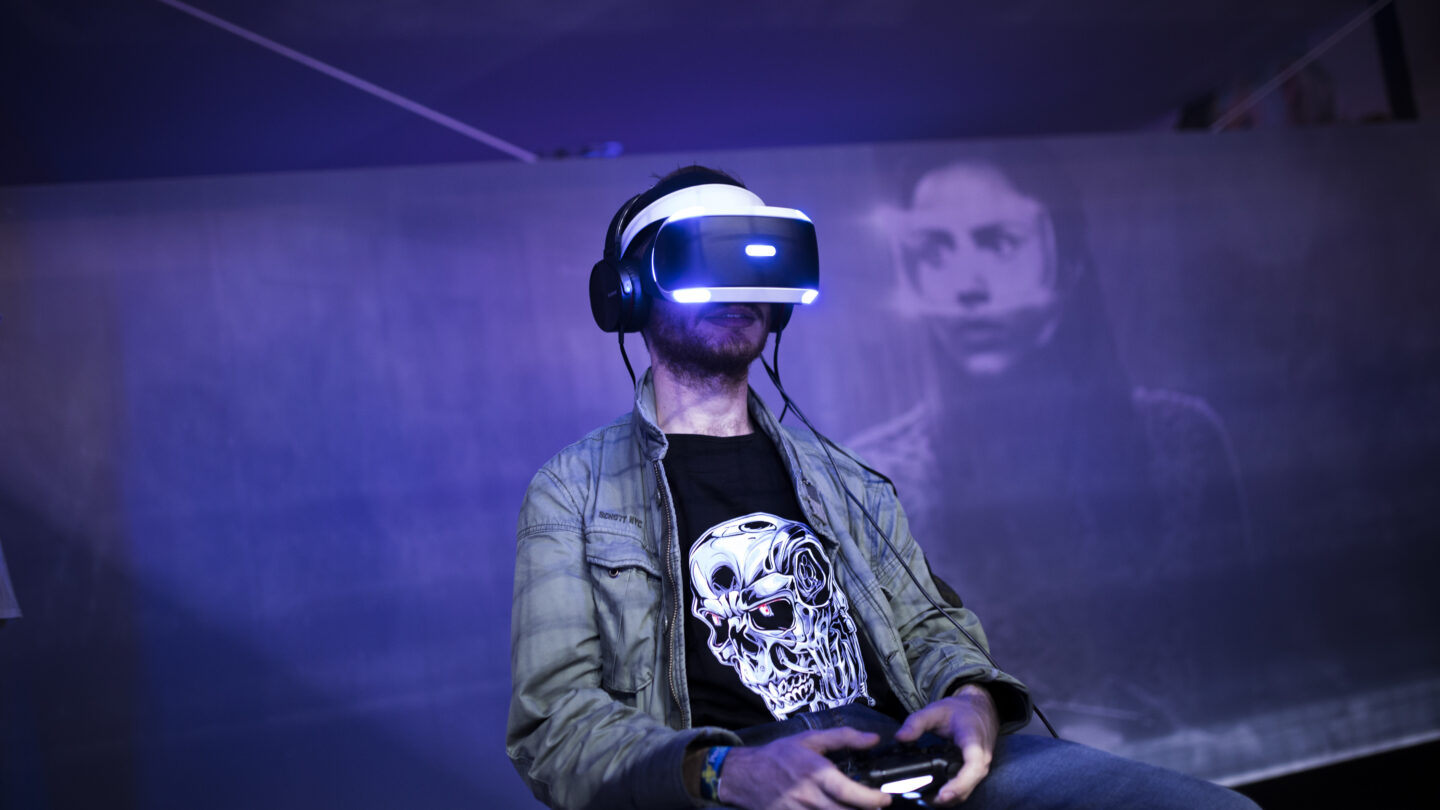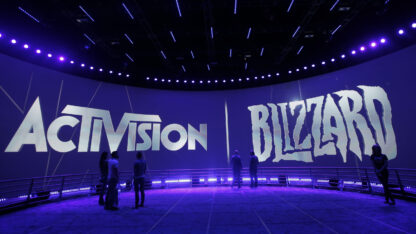We hear the term “billions” bandied about all the time, but one industry where it actually describes what’s happening is video games. Games routinely earn over $120 billion annually, and market and consumer data company Statista estimates that in 2020, there were over 2.6 billion gamers, about 35% of the world’s population.
Music composed for video games has evolved quickly from the bleeps and bloops of the 1970s arcades to the sweeping cinematic soundtracks of today’s sophisticated platforms. WABE music contributor Dr. Scott Stewart is here to look at what’s happening in the exciting world of video game music.
Interview highlights follow below.
The spectacular boom of the video gaming industry:
“Home and arcade gaming at the mall, if you remember those days, grew in the 1970s and then kind of exploded in the 1980s with games like ‘Pacman’ and ‘Donkey Kong’ and ‘Mario Brothers.’ Microsoft included ‘Solitaire’ with Windows 3.0,” recounted Stewart. “Then we had a decade that was dominated by ‘Sonic the Hedgehog’ and Sega Genesis. In the 2000s, we learned about ‘The Sims,’ Xbox, Nintendo DS, Wii and more, and just in the last decade or so there’s been a surge in mobile gaming and augmented, or ‘AR,’ reality. So in about 50 years, we have gone from ‘Pong’ — two lines and a ball — to ‘Minecraft,’ ‘Pokémon Go,’ Switch and PlayStation 4.”
Koji Kondo:
“Super Mario Brothers” – “It’s all part of that same lineage of creating an emotional connection, and tagging characters and places and events with musical ideas. Koji Kondo is a major pioneer in the game music industry and one of the first employees at Nintendo to specialize solely in music composition for games. By the mid-1980s, video game consoles and computers had their own sound chips to provide more interesting music and sound effects. Fast forward to 2011, when the London Philharmonic Orchestra released a CD entitled ‘The Greatest Video Game Music,’ which prominently featured ‘Super Mario Brothers.'”
“Legend of Zelda: Ocarina of Time” – “What’s fascinating about this score is that it’s one of the first examples of making music in the world of the game because players have to actually learn ocarina songs in order to move to next levels. This is not a standard woodwind instrument, but an ocarina is an ancient flute-like wind instrument. It looks a little bit like a seashell. And it’s fun to notice the evolution of sound as it approaches a more realistic symphonic timber or sound source; it still has a little bit of that 1980s electronic sound, but it’s a lot better than those 8-bit bloops.”
Nobuo Uematsu:
“Another really impactful figure in video game music emerged in the late ’80s, and that’s Nobuo Uematsu, known for his ingenious work on the role-playing ‘Final Fantasy’ game franchise. Uematsu brought a classical symphonic approach to sound systems that, at the time, weren’t really quite up to live orchestral or sampled digital sophistication. The 1987 ‘Main Theme’ for ‘Final Fantasy’ … is fantastic craft and composition, and deep, warm feeling. But the electronic computer sound is not quite up to the, maybe, ideal that he had in mind. That would change later.”
Bruce Broughton:
“Bruce is a major figure in film and television music, and [‘Heart of Darkness’] is one of his kind of hidden credits on his resume. He’s also currently experiencing a blazing concert hall career as well. Bruce is historically connected to the film music era of Bernard Herman and Jerry Goldsmith, among others, and is one of the most skilled, lyrical composers and brilliant orchestrators in the business even today,” said Stewart. “‘Heart of Darkness,’ the video game, puts the player in the role of Andy, a kid whose dog has been kidnapped by dark specters.”









